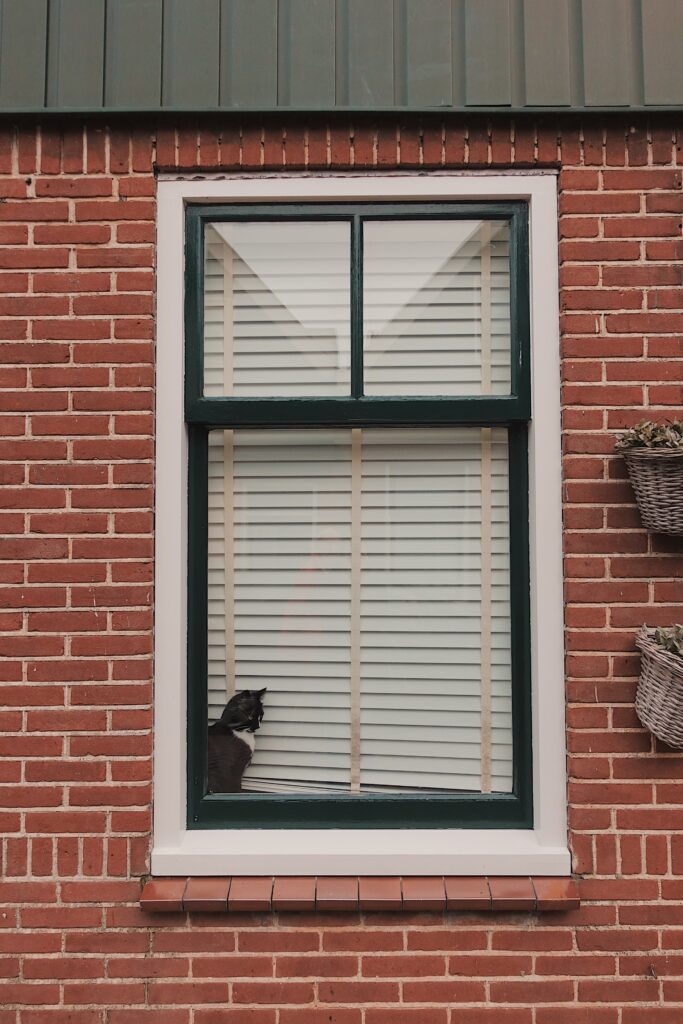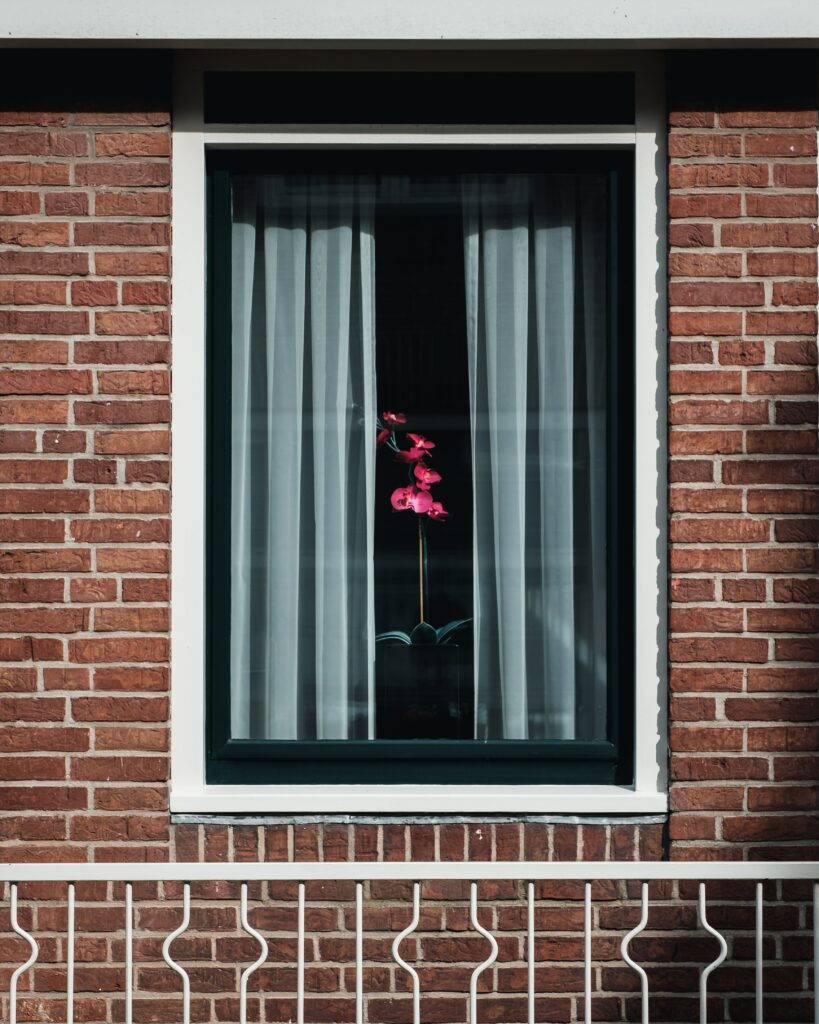As a homeowner, energy-efficiency improvements are an excellent way to increase the value of your home and reduce your monthly heating bills. With energy bills on the rise and set to continue rising in 2025 according to the BBC, there are many proactive ways you take control of your monthly expenditure whilst improving your home’s value.
One area where you can make a significant improvement in efficiency is your home’s windows. When choosing the most energy-efficient windows for your home, several key considerations such as material type, window glazing options, and frame design must be taken into account to achieve optimal results.
In this blog post, we will provide an overview of what to look for when selecting energy-efficient windows for your house so that you can ensure a comfortable and efficient living environment throughout each season.
What Is An Energy-Efficient Window?
Energy-efficient windows are products designed to optimise energy efficiency in buildings and homes. They are constructed with advanced materials that regulate energy consumption and reduce energy loss, preventing temperature imbalances that occur between the indoors and outdoors.
These energy-saving solutions help homeowners save significantly on energy costs through reduced heating usage, while creating a comfortable living environment. Energy-efficient windows also provide efficiency benefits to large-scale buildings such as commercial buildings, schools, and hospitals.
Through the use of energy-efficient windows, homeowners can reduce their energy bills and lessen their impact on the environment. The most common types are double and triple-glazing windows.
Double-Glazing
A double-glazed window consists of two panes of glass within a sealed unit. This is known as an insulated glass unit (IGU) which can be sealed with a variety of materials, such as uPVC, timber, or aluminium.
Double-glazing helps increase the thermal efficiency of your home by reducing the heat loss from the inside of your home, whilst also reducing cold from entering. The gap between the two panes of glass works by slowing down the thermal transfer between the indoors and the outdoors.
Triple-Glazing
A triple-glazed window consists of three panes of glass in a single seal. The centre pane of glass creates a seal between the inner and outer panes, helping to further reduce the thermal transmittance between your home and the outdoors. In some cases, triple-glazed windows can increase energy performance by around 50%.

Benefits of Installing Energy-Efficient Windows
If you’re thinking of upgrading your home with energy-efficient windows this year, it is worth being aware of the additional benefits they can bring to your home:
Save On Your Heating Bills
Double-glazing and triple-glazing windows can help reduce thermal transmittance from the inside to the outside of your home. This means that less energy from your heating system is being wasted, and less money will be spent on keeping your home warm during the winter. The less heat you lose through your windows, the less heat you will need to bring back into your home via your costly central heating. With heating bills shooting up since the Covid-19 pandemic and Russia-Ukraine conflict, it’s never been more important to consider energy efficiency.
Noise Reduction
Double-glazing and triple-glazing windows can help reduce the amount of noise that enters your home from the outdoors. If you live in busier areas or near main roads, a newly installed window can help prevent excessive noise pollution from intruding on your living areas. We also offer special noise reduction windows which take this benefit even further.
Safety and Security
With more panes within a single sealed unit, and with modern manufacturing techniques and materials, double glazing can exponentially increase your home’s security. Where single-glazed windows only provide one pane of glass, double-glazing provides two panes of modified glass. Newly installed windows also add additional structural integrity to your window frames, making them less easy to dismantle or compromise.
Reduced Condensation
Condensation can occur on the inside of your windows for a number of reasons. In most cases, this is caused by normal living habits. Whilst modern innovations have increased the heat retention of our homes, it is inevitable that our internal living spaces will be warmer than the outdoors. This is the perfect recipe for creating condensation, and it cannot be avoided in some cases.
Whilst it is natural for condensation to occur on the internal side of your windows, there are other indicators that suggest your windows may need replacing. The main indicator is condensation within the cavity of the hermetically sealed double-glazing unit or Insulated Glass Unit (between the panes of glass). This might identify a malfunction of the window seal, and your windows will no longer be performing as efficiently as they should be.
How To Know When To Replace Your Windows
It’s not always clear whether your windows need to be replaced or not, however, there are several telltale signs to consider if you’re starting to think about installing new windows:
Cool Drafts
Poorly installed and malfunctioning windows are a common factor towards poor energy efficiency in the home. If you’re noticing cool drafts in the colder months then it is likely that your windows are increasing your heating bills.
Damaged Windows
There are many ways a window can become damaged, and some signs are more obvious than others. Whether your glass is cracked, or your frame has become old and worn, it won’t be performing as efficiently as before. Seals can become damaged from poor weather conditions and overuse, leading to internal water damage, mould, cracks and chips.
Difficult to Operate
Over time windows and window frames can warp. This can happen in changes in the weather or from overuse. You might find that your window is difficult to open or stuff, and you’ve stopped using it altogether. Operating your window should be easy, like our flush sash windows with a variety of openings available. Your windows should also have long-lasting durability, and if your windows are already difficult to open, there may be other compromising factors that you haven’t noticed yet.
Condensation On Your Windows
Condensation on your windows can be another sign that your windows are no longer performing as well as they should be, leading to decreased thermal efficiency and more expensive heating bills.
Poor insulation and damaged window seals can lead to excessive condensation, which can further damage the integrity of your windows. Materials such as uPVC are designed to withstand moisture, but if exposed to excessive water, along with damage from prolonged direct sunlight, even uPVC windows can become ineffective against condensation.

Single-Glazed Windows vs Double-Glazed Windows
Single-glazed windows were once a popular choice among many homeowners. In some cases, single-glazed windows may suit the characteristics of a building more, such as in older homes or in listed buildings, but we at KLG Rutland have developed double-glazed frame style that replicate traditional designs but with the energy efficient benefits of modern double glazing.
Single-glazed windows are, on the whole, far less beneficial than double-glazed windows for a number of reasons. Single-glazed windows offer far less security than their double-glazed counterparts, and also provide poor insulating properties.
On the other hand, double-glazing can drastically reduce heat loss from your home, which helps reduce energy bills and minimises environmental impact. Their airtight seals also provide excellent soundproofing to keep noise pollution at bay.
Whilst double-glazed windows cost more than single-glazed windows in terms of the up-front installation costs, the energy savings and heat retention can significantly reduce your monthly bills and cost less in the long run.
How Is Window Energy Efficiency Measured?
One thing to pay attention to when buying new windows is the efficiency ratings provided. Not all energy-efficient windows are manufactured with the same materials and processes, and so many windows have different degrees of energy ratings. When looking for new energy-efficient windows, you ought to be paying attention to the following:
U-Values
The U-value is a measure of the rate at which heat transfers through the window itself. Lower U-values represent more efficient windows, as this means that less heat is escaping through the windows. Depending on the cavity widths between the panes of glass and gas used to fill the cavity, the U-values of your windows will differ. Typical U-values of windows will range from 1 to 3.3, with the lower end being more efficient.
So, What Are The Most Energy Efficient Windows?
There are many different considerations when it comes to choosing the most energy-efficient window. With so many different styles of windows on the market, such as casement windows and flush sash windows, it can be difficult to understand what to look out for.
The most important detail is to look at the window’s U and R-values before purchasing. Different materials and manufacturing processes may affect the overall ratings of a window before it is finalised. As these are independently rated by professional bodies, you can rest assured that your new energy-efficient windows will improve your home’s value and efficiency.
Energy Efficient Windows at KLG Rutland
Here at KLG Rutland, we provide a 10-year surface warranty on all of our windows with secure-by-design locking systems so that your windows can keep your home safe and insulated for their lifespan. All our double and triple glazed uPVC windows come with excellent U Values, so you can be assured of their excellent energy efficiency.
For more information on our range of windows, contact us today. Or, better yet, visit either our Nottingham showroom or Derby showroom.


